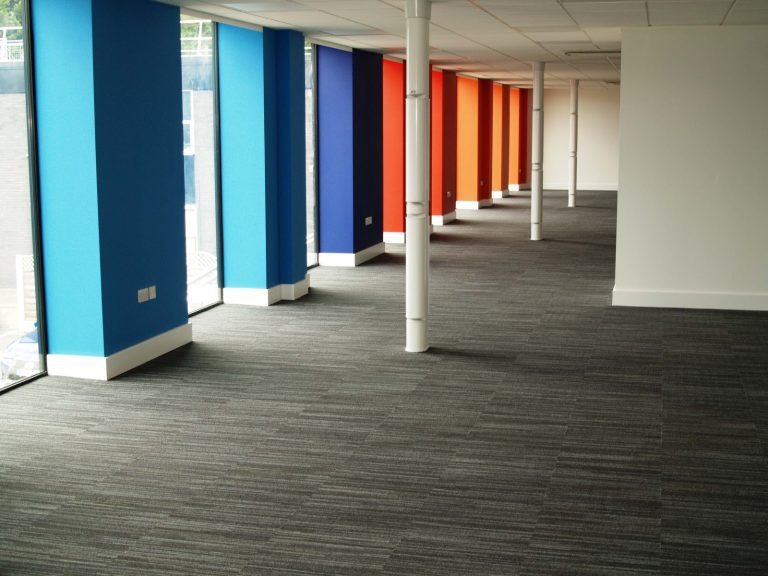Buy-to-let: should you use a limited company? Donna McCreadie is a buy-to-let taxation specialist at Perrys Chartered Accountants. Here she discusses the pros and cons of using a limited company to hold rental properties. Following the announcement to restrict tax relief on finance costs on buy-to-let properties, many individuals are now considering using a limited company to hold investment properties, but is this more tax/cost efficient overall? Unfortunately, there’s no simple answer to this question, as the best ownership structure for you will depend on a number of factors, such as your annual income and requirements, as well as your longer term intentions for the properties. The proposal to restrict tax relief on finance costs to 20% will result in a hike in tax liabilities for many investors, and this could be avoided or mitigated by transferring the properties into a limited company. Limited company profits are subject to corporation tax at only 20%, reducing to 17% over the next few years, meaning that higher rate taxpayers might benefit from holding long term investment properties in a company structure. If the intention is never to sell the properties, but to pass them on to future generations, a company structure may also be more flexible in terms of Inheritance Tax and Stamp Duty Land Tax planning, so this may sway your decision towards company ownership. However, consideration should also be given to whether you will retain the rental profits within the company, perhaps for further investment, or if you intend to spend some or all of the profits. An individual can receive dividends of up to £5,000 in the current tax year, without incurring any further income tax liability. However, dividends in excess of this amount will be subject to income tax at a rate of 7.5%/32.5%/38.1%, depending on your other income – which is in addition to the corporation tax already paid on the rental profits. Another factor in your decision on ownership of the properties would be your intention for use of the equity within the rental portfolio. Drawing equity from a personally owned portfolio wouldn’t give rise to an income tax liability, should you want to use the funds personally on your main residence or to gift to children, for example. Whereas drawing equity from a portfolio within a limited company, would be treated as dividend income, with the additional tax liabilities thereon. There is also more admin to consider when operating a company structure, which could give rise to an increase in your professional fees, so you should factor this into any costs/benefit analysis being carried out. The first step for those considering a change in ownership would be to quantify the additional tax that may be due as a result of the proposals to restrict tax relief on finance costs. In doing so, you should also bear in mind the changes that are being phased in over a number of years, and that the basic rate tax band is set to rise to £50,000 in the same period. The next step would be to do some homework on the finance options available to a limited company, as the rates of interest may be significantly higher on refinancing the properties, and the additional finance costs could well be more than the potential increase in tax liabilities as a result of the changes. It should also be remembered that moving properties into a company can give rise to a capital gains tax liability, being a disposal at current market value, which might outweigh any savings to be had from company ownership. In some cases, Incorporation Relief may allow the gains made on the properties to be rolled over into the base cost of shares issued in the company on transfer. However, for many property investors there is insufficient activity within the rental ‘business’ to qualify for Incorporation Relief, and if there are significant gains within the portfolio, it would be best to seek non-statutory clearance from HMRC as to whether Incorporation Relief would apply. For existing property investors, it would be beneficial to carry out a review of your portfolio to quantify the following:
• Any increase to tax liabilities from 2016/17 as a result of the loss of the wear and tear allowance
• Any increase to tax liabilities from 2017/18 as a result of the restriction of tax relief on finance costs
• Potential capital gains tax liabilities on moving properties into a limited company
• Stamp Duty Land Tax implications on changing the current ownership For those considering their first buy-to-let purchase, it is important not to rush into company ownership without running through the options, to see which is the best ownership structure for you. Source link









